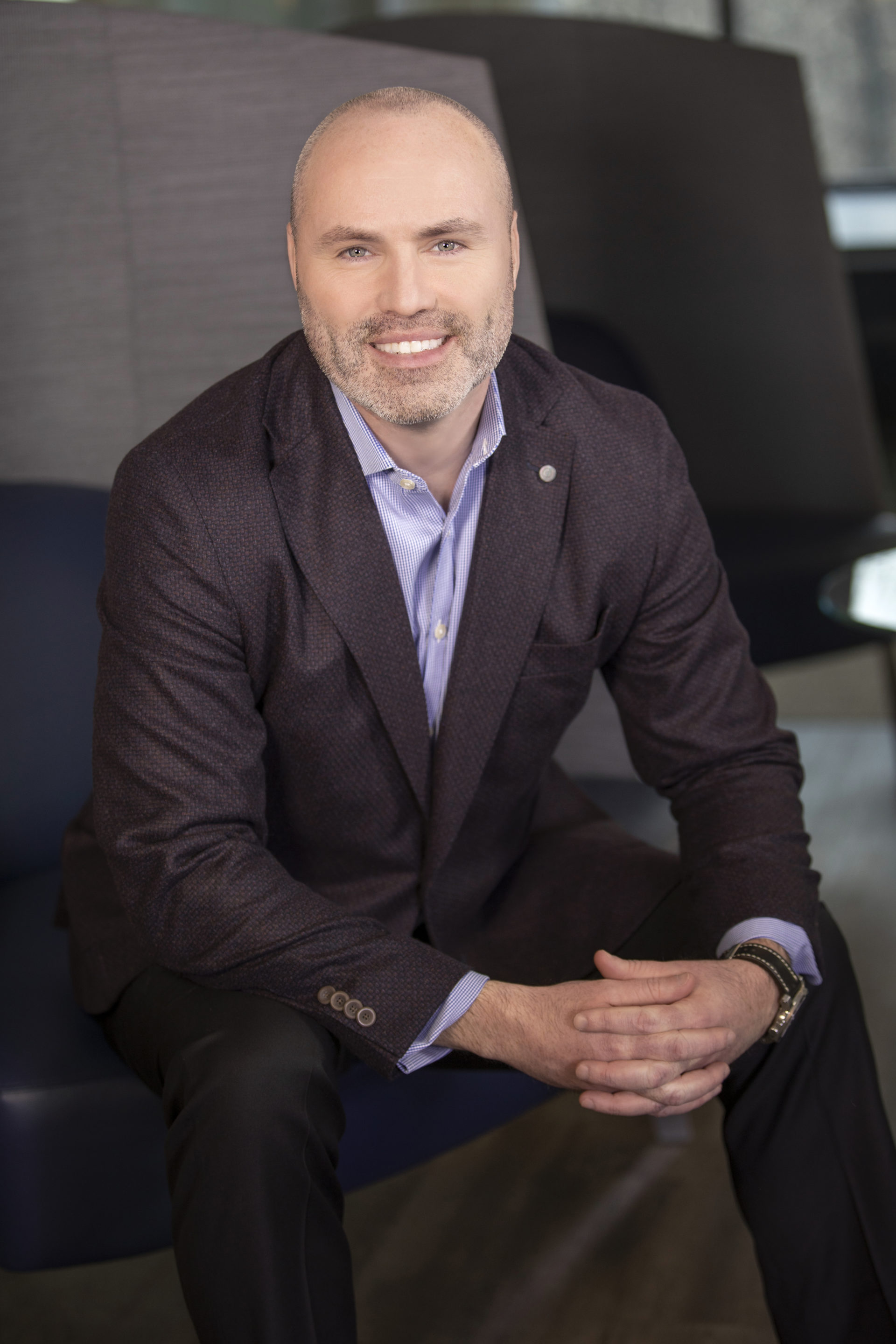As technology continues to advance, deepfake videos have become a growing concern. These videos use AI and ML algorithms to manipulate existing video footage, creating something that appears authentic but is completely fake. They can be used for nefarious purposes such as spreading misinformation, fake news, and cyberbullying. To combat this issue, computer vision algorithms, along with blockchain and token-based economic systems, can be used to detect and prevent the spread of deepfake videos.
Computer vision is a complex and multidisciplinary field that involves processing and interpreting visual information. Deepfake detection algorithms use a combination of techniques including facial recognition, motion analysis, and generative adversarial networks (GANs). These techniques work together to analyze the video frame by frame, identifying anomalies that could indicate a deepfake.
Facial recognition algorithms, a subset of computer vision, use deep learning neural networks to extract facial features from video footage. These features are then used to create a unique facial signature that can be compared to a pre-existing dataset of known faces. By analyzing the similarity between the two, facial recognition algorithms can identify whether the individuals in the video are real or have been manipulated.
Motion analysis involves examining the movement and behavior of individuals in a video to determine if they are behaving naturally. In deepfake videos, the movements are often manipulated, creating an unnatural look that can be detected by motion analysis algorithms. These algorithms use a combination of optical flow, object tracking, and action recognition to identify the abnormal movements.
Generative adversarial networks (GANs) are deep learning models that can generate realistic images and videos. While these models have legitimate applications, they can also be used to create deepfake videos. GAN-based deepfake detection algorithms use two neural networks, one that generates the deepfake and another that discriminates between the real and fake videos. By training the discriminator network to identify the differences between the two, the deepfake can be detected.
Blockchain and token-based economic systems can be used to create a decentralized system for storing and sharing video data, making it difficult for deepfakes to be spread across multiple platforms. By using blockchain protocols, the authenticity of video data can be verified, ensuring that the data has not been manipulated. Token-based economic systems can be used to incentivize individuals and organizations to report suspicious videos and help identify deepfakes.
The future of deepfake detection and prevention lies in the continued development of AI/ML, big data, and digital platforms. Emerging companies like Truepic and Cognitivescale are leading the way in developing technologies to combat deepfakes. Truepic uses a combination of blockchain and computer vision algorithms to create a secure and tamper-proof digital authentication system. Cognitivescale uses AI and ML algorithms to detect and prevent deepfake videos in real-time.
As the threat of deepfake videos continues to grow, companies will need to prioritize hiring individuals with the technical expertise needed to develop and implement these technologies. Executive recruitment firms will play a critical role in identifying and attracting these individuals to the field.
In conclusion, the use of computer vision algorithms, blockchain protocols, and token-based economic systems can help detect and prevent the spread of deepfake videos. These technologies rely on sophisticated techniques such as facial recognition, motion analysis, and GAN-based deepfake detection algorithms. As the field continues to evolve, the development of AI/ML, big data, and digital platforms will become increasingly important. Emerging companies like Truepic and Cognitivescale are at the forefront of this effort, using cutting-edge technologies to combat deepfakes.
If you are interested in reviewing similar content in the future, consider following Willard Powell on Linkedin:
https://www.linkedin.com/company/willard-powell-inc/
If you are interested in learning more about Willard Powell’s services, feel free to email our President directly at:



